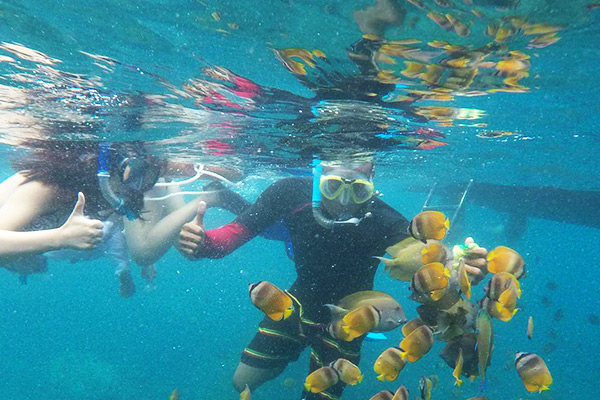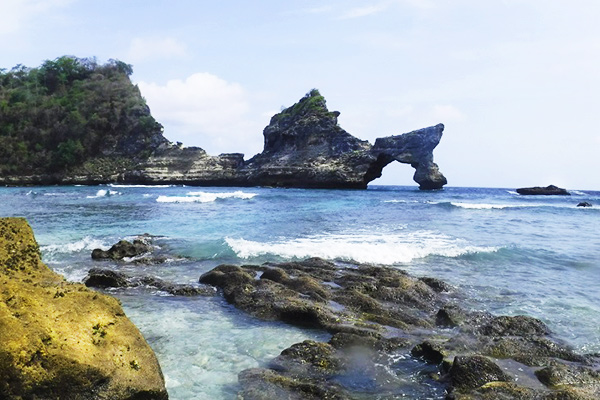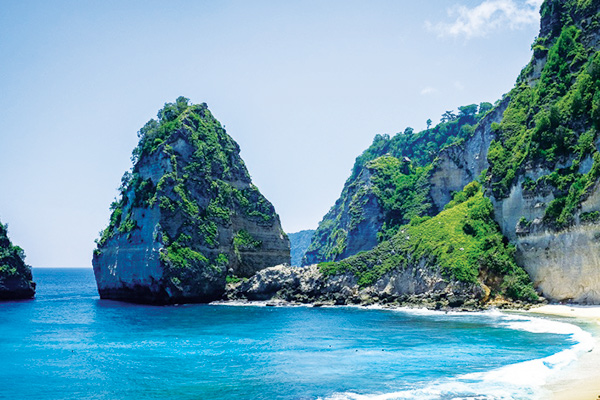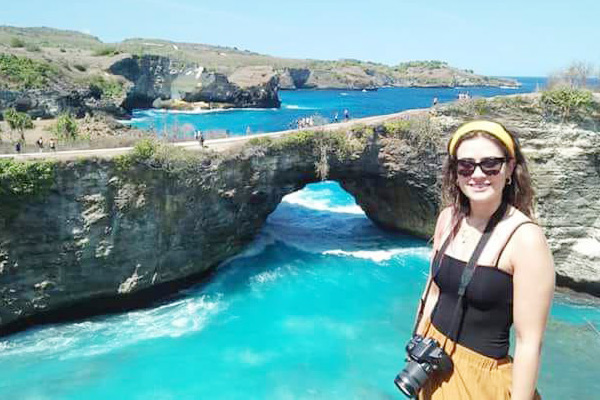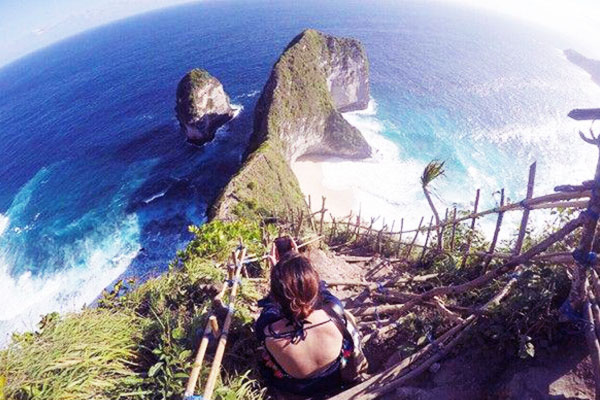Manta Ray Nusa Penida
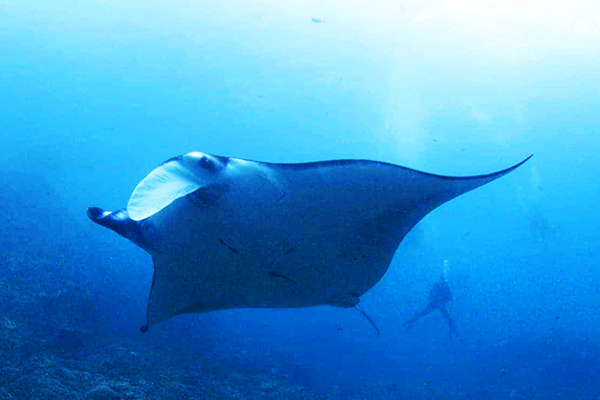
Snorkeling with Manta Rays at Manta Point In Nusa Penida is a good idea for your weekend escape.
Manta Point Nusa Penida is one of the dive sites surrounded by high cliffs. Water depth reaches 15 meters at Manta Point. The flow is so strong that most visitors are divers. This is where the great creature mantas rest in water 13 to 20 feet deep (4 to 6 meters) while being cleaned by small fish. The location is in Nusa Penida Island which is close to Gamat Bay Nusa Penida.
You can see these giant creatures not only when manta snorkeling in the water but also you can see it from the above of the cliff! Open your eyes when climbing or walk to the location because you will often be able to see the Mantas appearing at the sea! Manta Point Nusa Penida is on the left side of Broken Beach, a cliff above Manta Bay. But generally from the viewpoint of the southern coastline, you have the opportunity to see it. Even you can see the Manta from the cliff of Kelingking Beach as well! Manta rays are commonly found in warm waters throughout the planet. They can also be found in temperate waters of Southern California and in Japan.
All you have to now is manta rays can grow to 23 feet (7 meters) and weight around 3,600 kg. It's making everyone think that manta rays are dangerous. But don't worry, regardless of size, manta rays are really harmless to humans. Manta Rays Nusa Penida is Manta Reef species which the second largest ray species after Oceanic Manta with an average size of 9.8-11.5 feet (3-3.5 m). They only eat plankton, crustaceans and small fish. They only have small, not sharp teeth that they use to chew their food. Manta doesn’t have a stinger or poisonous tail. So, Manta is truly safe to be a friend for you, while you swim or dancing with them underwater. They have the largest brains above all the bony fishes and are very friendly species and enjoy every interaction with humans, so it's not surprising that all the divers often describe their snorkeling with Manta as their best experience.
They are wild animals that move freely wherever they like. You might find it difficult to find them, but organizers of manta snorkeling trips always do their best to find them for you. They say the best time to see manta rays is in the morning when they are most active, but we also see it in the afternoon.
This is definitely an unforgettable experience that you have never dreamed of before!
